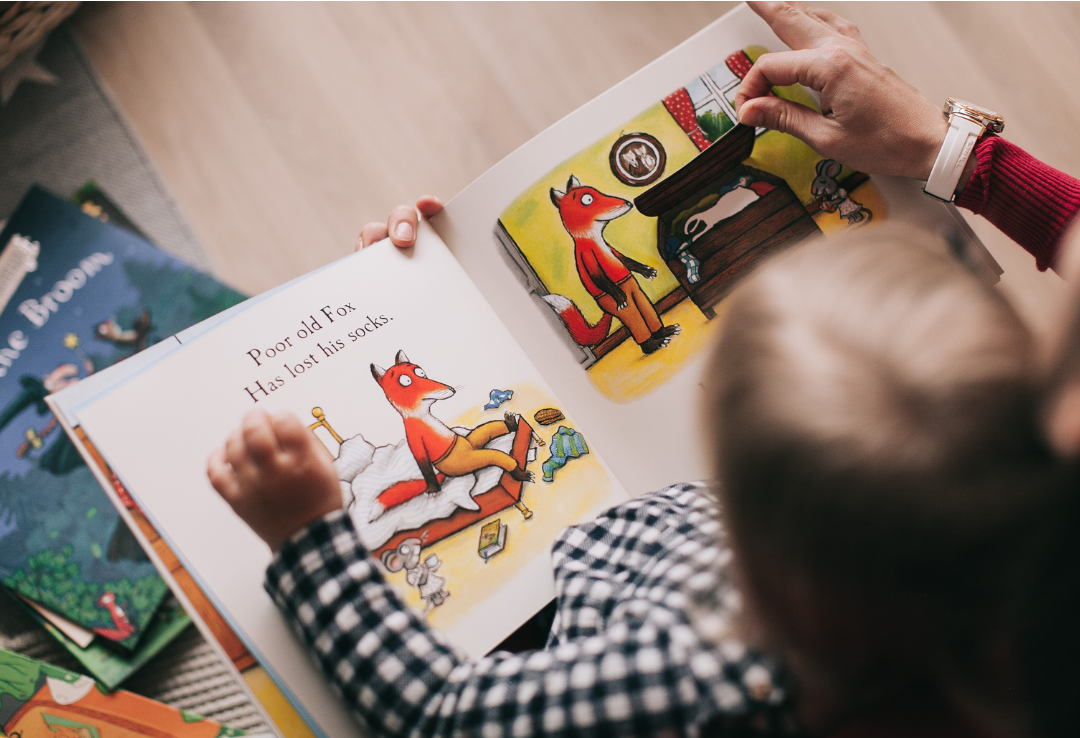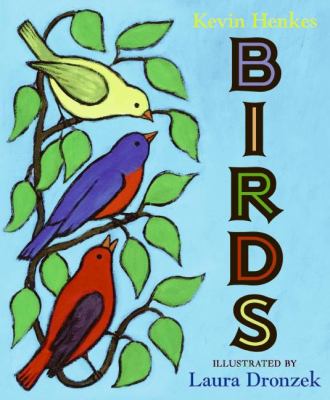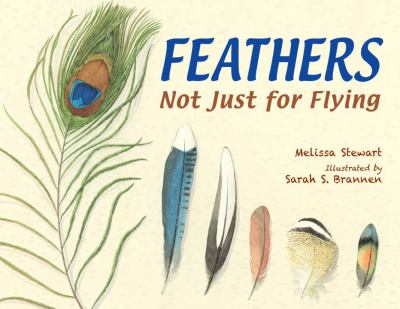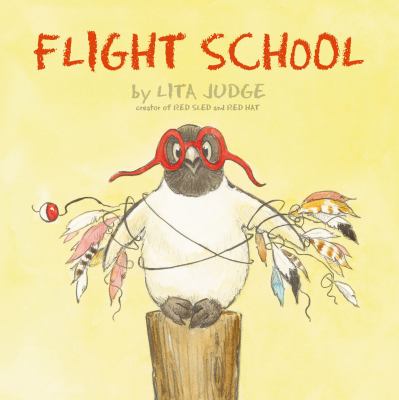
We hear it often. Reading is fundamental. Reading is essential. It opens doors to understanding, imagination, and growth. Still, for many children and many adults, reading is hard. Building strong reading habits can be even harder. In a world filled with fast-moving screens and endless distractions, settling down with a book is not always as simple as it sounds.
To understand more, I spoke with Laura Stewart Whittaker, a passionate educator who grew up here in Plymouth and has spent the last 20 years teaching in North Carolina’s Charlotte-Mecklenburg Schools. Laura is part of the Harvard Reads Lab and works with the MORE (Model of Reading Engagement) study, which focuses on how science and social studies topics can help kids grow as readers. She has years of experience teaching first and second grade and continues to stay current through research, training, and ongoing classroom practice.
Laura reminded me that reading is not something we are born knowing how to do. Unlike speaking or making facial expressions, reading is a skill that must be taught and practiced. It is what researchers call a biologically secondary activity, which means it does not develop naturally. For many kids, this makes reading feel like a struggle from the start.
She shared that around 85 percent of students need direct instruction in phonics to become strong readers. Phonics helps children understand the connection between letters and the sounds they represent. It is the foundation for decoding words. While some kids can learn to read just through exposure to books, most need more.

Relying only on context clues to guess unfamiliar words, something encouraged in past reading methods, does not give many students the skills they need to become confident readers. That is why many schools, including Laura’s, are returning to phonics-based instruction, often referred to as the Science of Reading.
But phonics is just one part of the picture. Laura stressed the importance of building content knowledge, too. She uses content-based text sets in her classroom, groups of books centered on a specific subject, like birds. These sets include both fiction and nonfiction titles and help kids build vocabulary, connect ideas, and deepen their understanding. When students get to read about a topic they are excited to learn about, their motivation grows. That interest fuels better comprehension.
Screens also play a role in how kids interact with reading. Apps and digital learning tools often offer instant rewards like bright colors, fun sounds, and little trophies that make the brain light up with a quick hit of dopamine. Books do not work that way. They require focus and patience. But as Laura said, physical books offer a different kind of reward. One that builds lasting attention and deep thinking. It is important that children and families make time for book reading, not just screen time.
Laura had several suggestions for making reading more enjoyable for both kids and adults. One simple practice is reading aloud. When we hear our own voice reading a story, it helps us connect more deeply. For children, reading aloud with different voices, speeds, and tones, a practice called prosody, not only makes reading fun but also helps them better understand what they are reading. Prosody teaches expression, pacing, and rhythm, and it can be a powerful tool in growing fluency.
She also recommends reading several books on the same subject. For example, in her classroom’s bird unit, students read books like Feathers: Not Just for Flying by Melissa Stewart, Flight School by Lita Judge, and Birds by Kevin Henkes. This approach helps kids make connections and build knowledge over time. And just as importantly, she encourages letting kids choose the subjects they want to read about. Choice brings ownership, and ownership brings joy.



For adults, Laura offers a few more gentle reminders. Audiobooks and podcasts can absolutely support your reading life, especially when you are engaging with the content and letting it stay with you. Reading aloud, even to yourself, can help bring stories to life. And reading with others, in a group, a book club, or even a shared quiet moment, can make the experience feel more meaningful.
Reading does not need to be rushed. It does not need to be perfect. It can be slow and steady. It can be joyful. The more we understand how reading works, the more we can make space for it in our lives. As Laura reminded me, when we choose stories and topics we care about, we are more likely to stick with them. And in doing so, we grow, not just as readers, but as people.
Laura will be speaking about the importance of content-based learning and reading comprehension at the Harvard Summer Leadership Institute on August 7, where she will share what she has learned through her work on the MORE (Model of Reading Engagement) study.
All the tools needed to become a better reader can be found at the library, and September—Library Card Sign-up Month—is an ideal time to take that first step.
Written by Donna Jackson – PDL Team Member